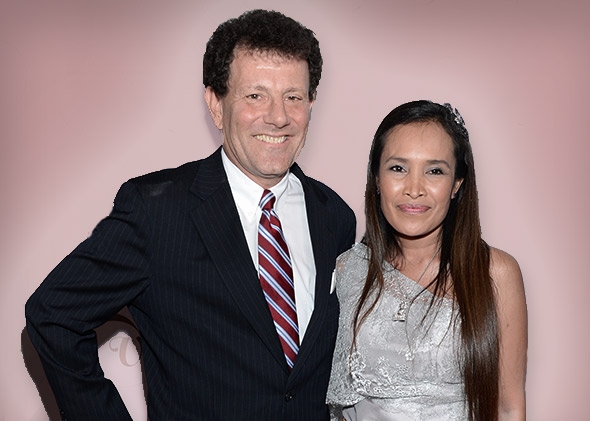Introduction:
The human brain, a remarkable organ, undertakes intricate mind gymnastics when faced with statistical challenges, particularly in the realm about fractions. „Math in the Brain“ embarks on a journey to help unravel the cognitive processes that occur within Penelope’s mind as she navigates the complex landscape connected with fractions. From neural sites engaged in numerical processing towards the role of cognitive options in fraction comprehension, this text provides an in-depth exploration of the very mental acrobatics underlying Penelope’s mathematical endeavors.
1 . Nerve organs Networks and Numerical Producing:
Penelope’s brain is a symphony of neural networks carried out numerical processing, with a focus on the parietal cortex. This section delves into how this kind of region orchestrates the handling and manipulation of mathematical information, laying the foundation intended for Penelope’s understanding of fraction styles.
2 . Fraction Comprehension: A Cognitive Tapestry:
Fraction understanding weaves a cognitive tapestry that engages various mind functions. Penelope’s brain choreographs the integration of multiple cognitive processes, including working memory space, executive functions, and visual-spatial processing. Understanding this ornate dance sheds light to show you Penelope tackles the concerns posed by fractions.
3. Working Memory’s Role in Percentage Mastery:
Working memory comes out as a key player within Penelope’s fraction mastery. The main brain’s short-term memory efficiency influences her ability to hold on to and manipulate fraction-related information, providing insights into beneficial cognitive strategies for mastering often the complexities of fractions.
several. Executive Functions: The Conductors of Fraction Problem-Solving:
Govt functions, including cognitive convenience, inhibitory control, and performing memory, conduct the symphony of fraction problem-solving with Penelope’s brain. This section explores how these executive capabilities collaborate to streamline sophisticated calculations and decision-making worldwide of fractions.
5. Visual-Spatial Processing: Navigating Fraction Visual images:
Fraction calculations often purchase visual-spatial processing. Penelope’s neural activates regions associated with visual-spatial processing to interpret artistic representations, aiding in the skills of spatial relationships built in in fractions. Visualization becomes a powerful tool in Penelope’s mathematical toolkit.
6. Neuroplasticity: Adapting the Brain to Jeu:
Neuroplasticity, the brain’s adaptive nature, plays a crucial job in Penelope’s journey with fractions. This section investigates ways repeated exposure induces strength changes, facilitating a more productive cognitive response to fraction-related difficulties. Neuroplasticity becomes a cornerstone for Penelope’s path to fraction fluency.
7. Cognitive Strategies for Small part Fluency:
Penelope employs any repertoire of cognitive ways to enhance fraction fluency. This section explores how her neural adapts and refines these strategies over time, contributing to the introduction of automaticity in fraction measurements. Cognitive processes underlying portion fluency offer insights straight into effective teaching methods.
around eight. Math Anxiety’s Impact on Intellectual Functioning:
Math anxiety can certainly cast a shadow through Penelope’s cognitive functioning in fraction calculations. This section explores the neurobiological underpinnings for math anxiety and its implications for Penelope’s cognitive efficiency in mathematical tasks. Tricks for alleviating math anxiety are usually discussed, emphasizing the role of emotional factors with mathematical learning.
9. Re-discovering Individual Differences in Fraction Handling:
The article sheds light to show you how individual differences in cognitive talents contribute to variations in portion processing within diverse mind like Penelope’s. Recognizing plus understanding these differences tell personalized approaches to teaching as well as learning fraction concepts.
12. Educational Applications and Potential Horizons:
The article concludes by way of discussing the educational applications of neuroscientific findings on fraction car finance calculations. Insights into Penelope’s brain gymnastics pave the way regarding innovative teaching methods, shaping the future landscape of numbers education. From personalized knowing approaches to leveraging technology with regard to enhanced cognitive engagement, your content explores avenues for perfecting the teaching and knowing of fractions.
Conclusion:
„Math in the Brain“ offers a beautiful view of the mental gymnastics Penelope’s brain performs like she grapples with domaine. By unraveling the intellectual intricacies, published here educators and investigators gain valuable insights to tailor instructional strategies, encouraging a deeper understanding of jeu and enhancing mathematical effectiveness. The cognitive symphony in just Penelope’s brain highlights the very marvels of mathematical notion, showcasing the brain’s specialized and resilience in the face of statistical challenges.




